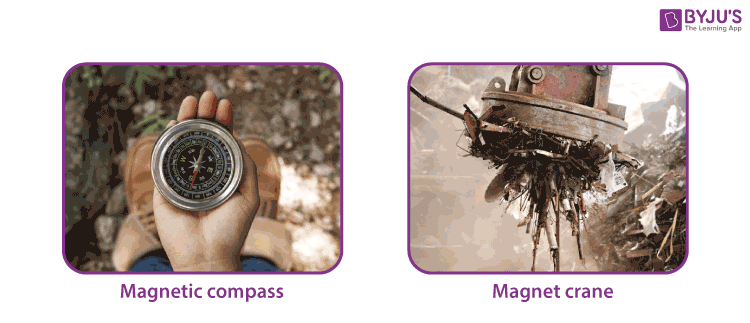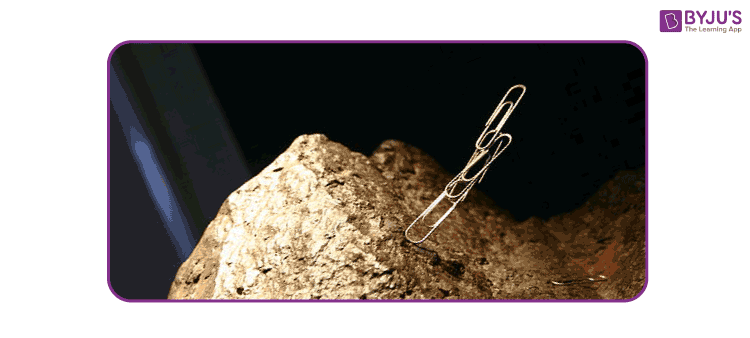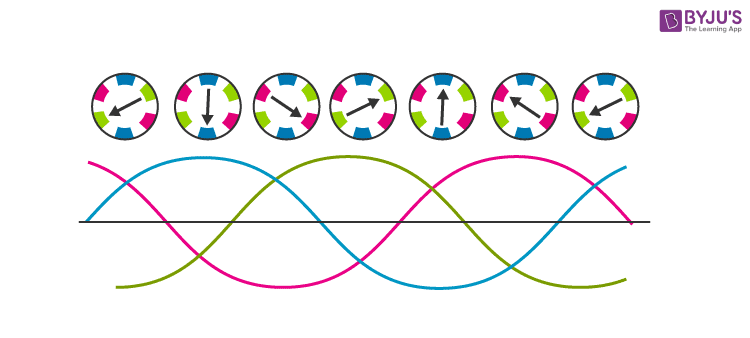We see magnets all around us; refrigerator stickers, magnetic screws, and caps, magnetic playboards, pin holders, etc. Large-scale applications include the cranes that are used to carry scrap metals in industries and scrapyards. For centuries, the magnetic compass has been used by travellers for navigation. Ever wondered how it was first discovered.

History of Magnets:
According to Greek legend, magnetism was first discovered by a shepherd named Magnes, who lived in Magnesia, Greece. Magnes was herding his sheep through the mountains. Suddenly he noticed the ferrule of his stick and nails in his sandals got stuck to a rock. The iron in his stick and nails had become attracted to the magnetic rock. The stone was named magnetite, after the name of the shepherd or the country it was found in. It was also known as a loadstone because of its attractive properties.

Magnetite is one of the three natural occurring oxides of iron. It gets attracted to magnets and can be easily magnetized to form a permanent magnet. Naturally magnetized pieces of magnetite are called loadstone.
People from Ancient Egypt started using magnets to play tricks, by making objects of worship float in mid-air by proper positioning of magnets. The emperor from China used magnets to save his palace by constructing gates made of loadstone. The amours made of metal got attracted to the magnetic gates and prevented them from going any further.
In his book, De Magnete (1600), scientist William Gilbert mentioned techniques of artificially making magnets from steel. He used three techniques by which steel can be magnetized permanently:
- Rub the steel needle with a block of loadstone in a particular direction starting from one end and ending at other.
- Forging powdered iron at high temperatures under strong magnetic forces.
- Leaving red-hot iron bars to cool in Earth’s magnetic field for twenty years. This method only had a theoretical basis and was not used for the purpose.
In 1820, the concept of electromagnetism was discovered by Hans Christian Orsted, who observed a deflection in the compass needle from the magnetic north when the electric current from the battery he was powering his set up with was switched on and off.

In this video, let’s see what is magnetism and know about a few properties of a magnet

|
Related Links |
|---|
Frequently Asked Questions – FAQs
What is a magnet?
Write a few examples of magnets.
Which are the two poles of a magnet?
Who discovered electromagnetism?
Which are the three types of magnets?
To learn more about this topic, download BYJU’S – The Learning App from Google Play Store and watch interactive videos. Also, take free tests to practice for exams.

thank you very good word about magnet